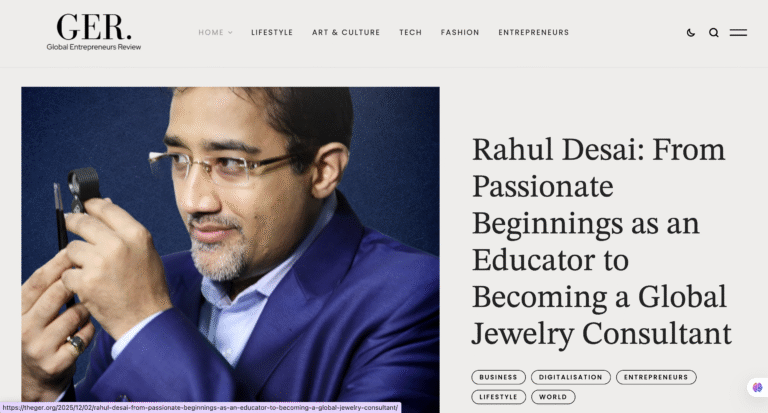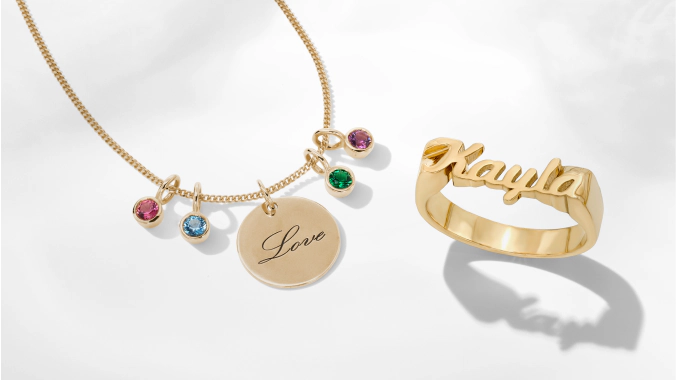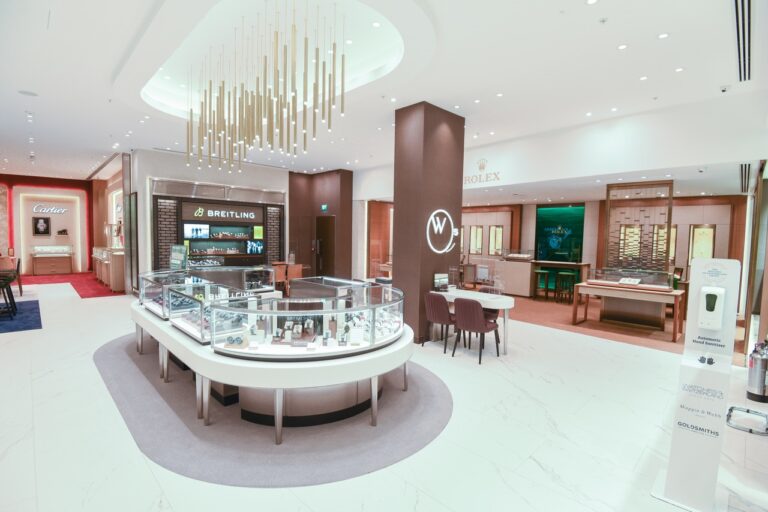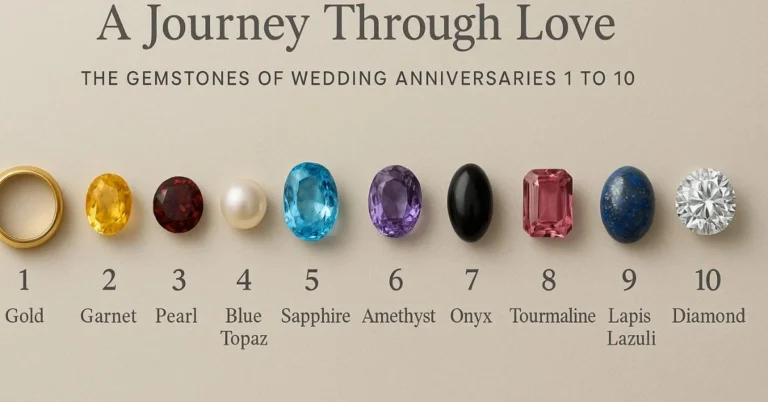No products in the cart.

Have you ever seen a diamond glow under ultraviolet (UV) light? It’s not just a trick of the eye—it’s fluorescence, a natural phenomenon that gives some diamonds an otherworldly glow. Whether it’s a soft blue shimmer or a rare fiery red, fluorescence adds an unexpected twist to a diamond’s beauty.
Fluorescence occurs due to trace elements like boron and nitrogen in a diamond’s atomic structure. When exposed to UV light, these elements absorb energy and then release it as visible light. While blue is the most common fluorescence color, some diamonds glow white, yellow, green, orange, or even red. The intensity of this glow can range from faint to very strong, creating a unique effect in different lighting conditions.

 The Hope Diamond having the Red Fluorescence
The Hope Diamond having the Red Fluorescence
Some of the world’s most legendary diamonds exhibit stunning fluorescence, adding to their mystique:
 Fluorescence Intensity Grading
Fluorescence Intensity GradingThe International Gemological Institute (IGI) and other gem labs grade fluorescence based on its strength:
 Does Fluorescence Affect Diamond Value?
Does Fluorescence Affect Diamond Value?Fluorescence can influence a diamond’s price and visual appeal:
Fluorescence is neither good nor bad—it’s all about personal preference. If you love the idea of a diamond that glows under UV light, fluorescence can add an extra layer of intrigue to your gem. Plus, you might find a great deal on a high-color diamond with fluorescence, as they are often priced lower than non-fluorescent counterparts.
 The Hidden Glow in Your Diamond
The Hidden Glow in Your DiamondNot all diamonds glow, but those that do carry an undeniable allure. The science behind fluorescence reveals how a diamond’s structure and impurities create this luminous phenomenon. So next time you see a diamond sparkle, remember—there may be a hidden glow waiting to shine in the dark.






Not a member yet? Register now
Are you a member? Login now